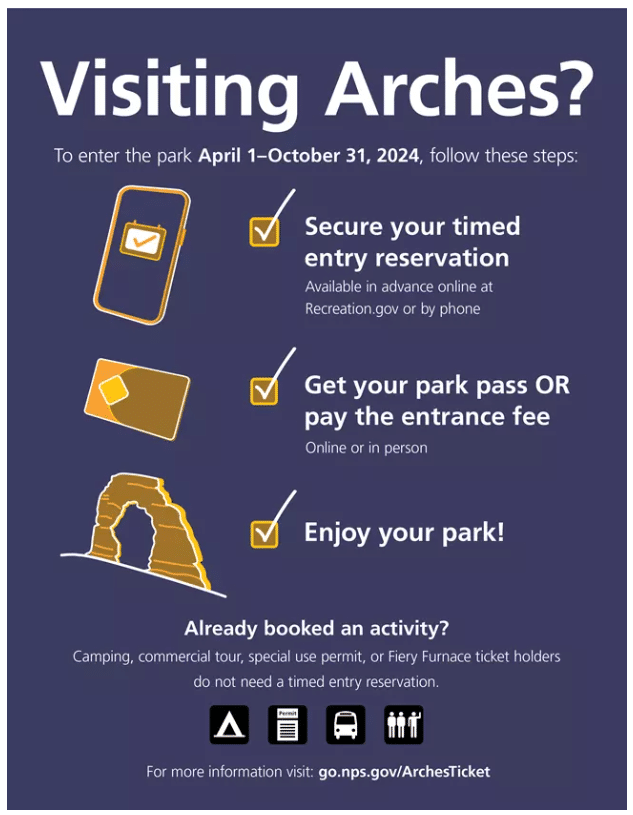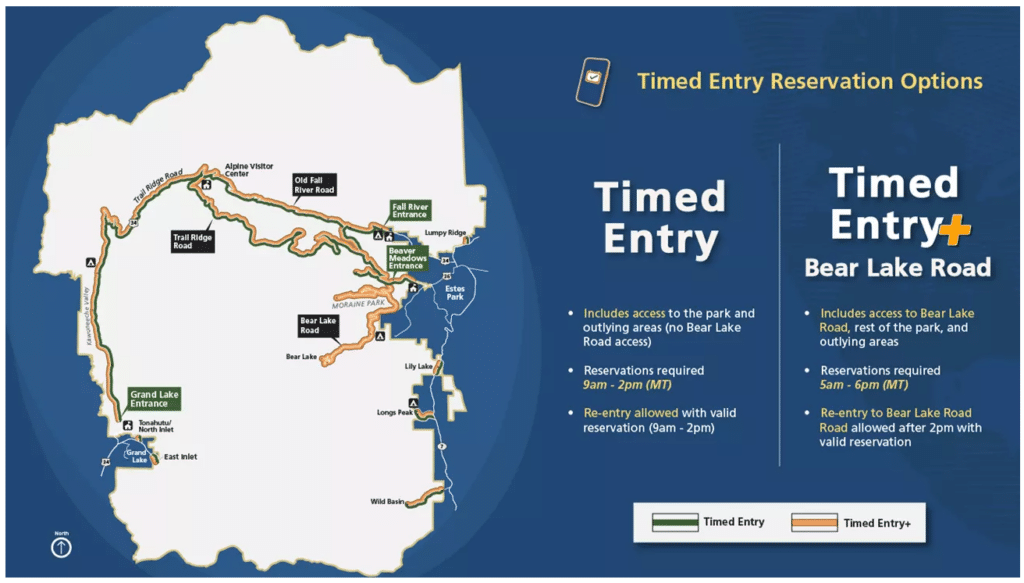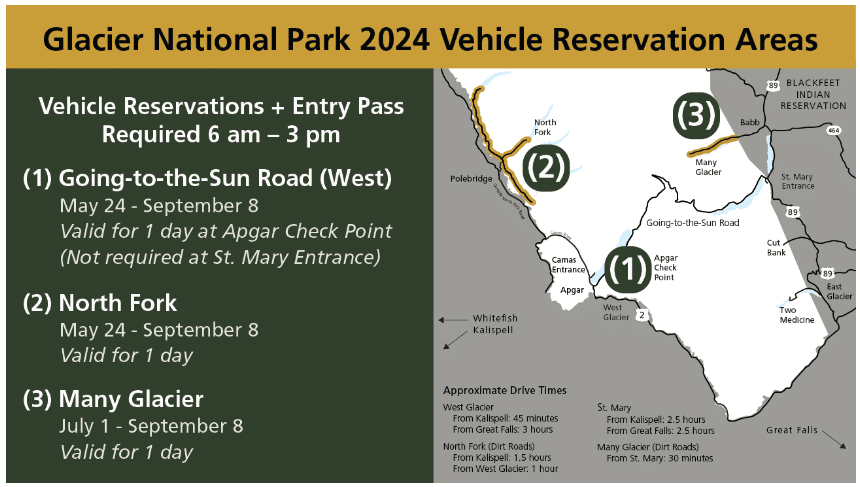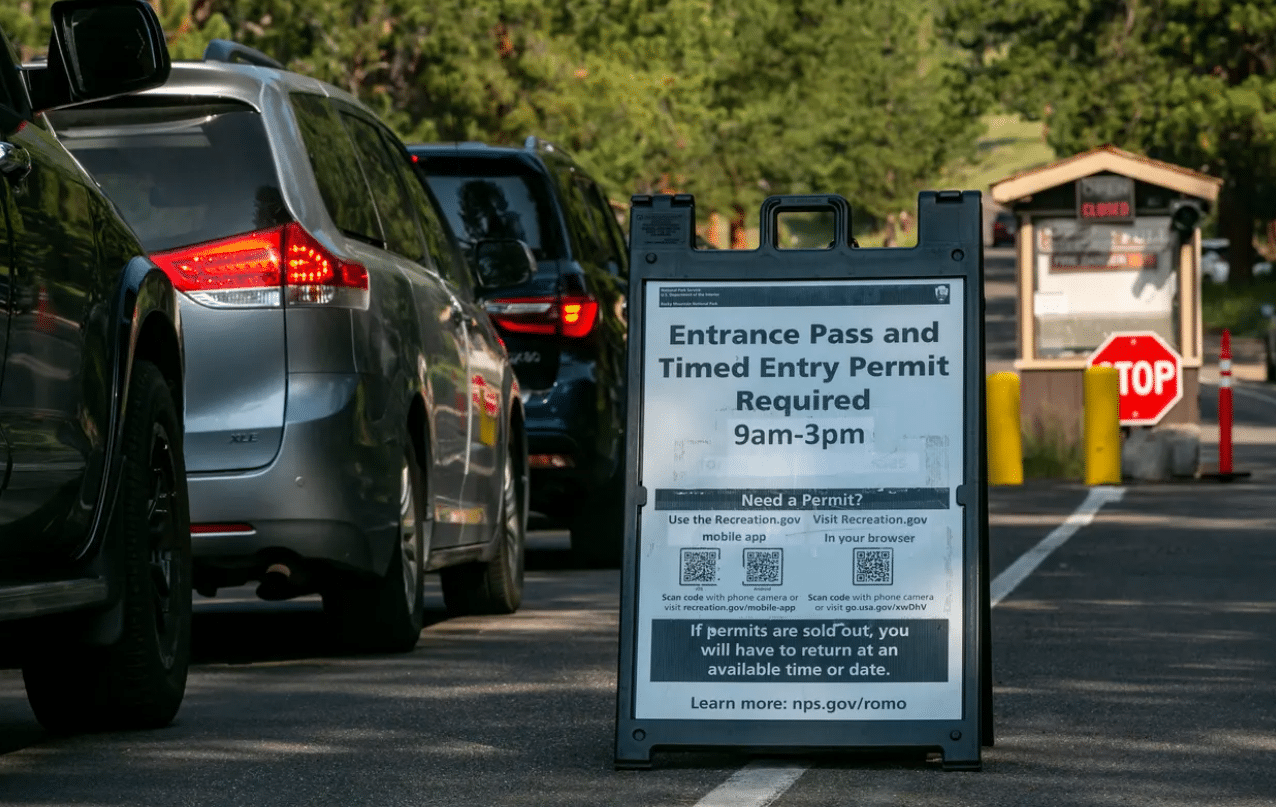National Park Timed Entry Reservations Explained
At Tumbleweed Travel Co., we often receive inquiries about national parks that require timed entry reservations and how these systems function. America’s national parks are cherished for their stunning landscapes and rich biodiversity, attracting millions of visitors annually. Yet, managing visitation to safeguard these natural treasures poses a considerable challenge. In response, several parks have adopted timed entry reservation systems to mitigate overcrowding and protect delicate ecosystems. This article offers an in-depth exploration of these systems, with a focus on Arches, Rocky Mountain, and Glacier National Parks.
Arches National Park

During peak seasons, particularly in spring and fall when weather conditions are favorable, Arches experiences a surge in visitation, exacerbating congestion issues. The allure of witnessing sunrise or sunset at Delicate Arch, for example, can lead to traffic jams along the park’s main access road and difficulty finding parking at trailheads. This overcrowding not only diminishes the visitor experience but also threatens the delicate desert ecosystem through overuse and environmental degradation.
Entry tickets for Arches National Park are released three months in advance for the upcoming month. For instance, in March, tickets for June entry will become available. To secure your entry, simply visit recreation.gov where you can purchase a ticket for $2 per vehicle. When making your reservation, you’ll select an hour-long time slot between 7:00 AM and 3:00 PM. Guests driving their own vehicles will reserve a ticket for a specific time and can enter the park at any point within that hour. For instance, if you reserve a 4:00 PM time slot, you’ll be permitted to enter between 4:00 PM and 4:59 PM. Once inside the park, you are free to explore at your leisure.
While this system will help ease the congestion of Arches, we personally hope the Parks system will invest in a free visitor shuttle system.
Rocky Mountain National Park

To address these issues, Rocky Mountain National Park will be introducing another timed entry permit reservation system, serving as a “pilot” initiative for all park visitors during the summer and fall of 2024. Beginning May 24, 2024, through October 20, 2024, entry reservations will be mandatory. There will be two types of entry permits available for Rocky Mountain National Park:
- The first permit encompasses access to the Bear Lake Road Corridor and the entirety of the park. This reservation window spans from 5 AM to 6 PM from May 24th to October 20th.
- The second permit grants access to the rest of Rocky Mountain National Park, excluding the Bear Lake Road corridor. This reservation period is from 9 AM to 2 PM, running from May 24th to October 15th.
Each permit carries a nominal fee of $2 and can be purchased via Recreation.gov. It is advisable to secure your timed entry permit as soon as they are released if you have a set date for your visit, as permits tend to sell out faster closer to the entry date. For those unsure of their visitation date, approximately 40 percent of permits will be reserved and made available for purchase the day before at 7 p.m. MST through Recreation.gov. This flexibility allows visitors to secure permits even if their plans are subject to change.
Glacier National Park

For 2024, a vehicle reservation will be necessary for access to three park areas from 6 am to 3 pm:
- Going-to-the-Sun Road West Entrance (May 24 – Sept 8)
- North Fork (May 24 – Sept 8)
- Many Glacier (July 1 – Sept 8)
Starting on January 25, 2024, a portion of vehicle reservations will become available approximately four months in advance at 8 a.m. MST on a rolling basis on Recreation.gov. Additionally, new for 2024, the remaining vehicle reservations will be released at 7 p.m. MDT for next-day entry beginning on May 23, 2024. It’s important to note that you do NOT need a permit to drive from the East side to the West side of the Going-to-the-Sun Road. Additionally, permits are not required if you’ve booked an activity in the Many Glacier area. Your activity reservation will include entry access for the day of your scheduled activity.
Timed entry reservation systems have become essential tools for managing visitation and protecting fragile ecosystems in America’s national parks. By implementing such systems, parks like Arches, Rocky Mountain, and Glacier can ensure a sustainable balance between conservation and recreation. As visitation continues to grow, these systems will play a vital role in preserving our natural heritage for future generations to enjoy.


